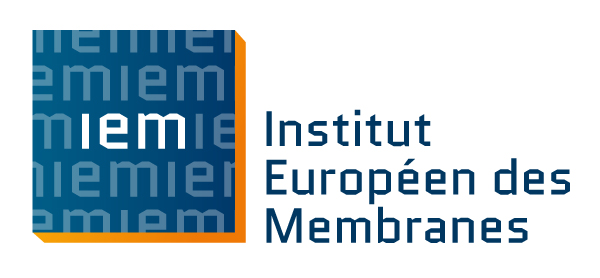Self-assembled smart filtration membranes from block copolymers and inorganic nanoparticles
Membranes intelligentes de filtration à partir d'auto-assemblages de copolymères à blocs et de nanoparticules inorganiques
Résumé
This thesis presents a new approach to produce mix matrix membranes using block copolymers and inorganic nanoparticles having magnetic properties. The polymeric nanoparticle with different morphologies (linear, Spheres, worms, and vesicles), from poly (methacrylic acid)-b-(methyl methacrylate) diblock copolymer, were synthesized using Reversible addition−fragmentation chain transfer polymerization (RAFT) in ethanol at 70 ֠C. The inorganic counterpart, iron oxide nanoparticles were prepared using different stabilizers at various temperatures to acquire the necessary surface charge and magnetic properties. The chemistry of the particles leads to form both hydrophobic membranes using non-solvent induced phase separation as well as a hydrophilic membrane by using the simple spin coating technique with the particles from polymerization induced self-assembly. By a detailed experimental study of the membrane filtration, the influence of different parameters on the process performance has been investigated with and without magnetic field. Finally, membrane fouling has been studied using protein solution. Also, the membrane performance was examined under magnetic field revealing the successful reduction in the fouling phenomenon making them new performant membranes in the area of membrane technology.
Ce travail de thèse propose une nouvelle approche pour la préparation de membranes à matrice mixte basée sur l’utilisation de copolymères à blocs et de nanoparticules inorganiques disposant de propriétés magnétiques. Des aggrégats de copolymères ont été préparés avec une morphologie variée (sphères, cylindres et vésicules) à partir du copolymère poly(acide méthacrylique)-b-poly(méthacrylate de méthyle). Ce dernier a été synthétisé par polymérisation radicalaire contrôlée par transfert de chaîne réversible par addition-fragmentation (RAFT) dans l’éthanol à 70°C. Des particules d’oxyde de fer ont, quant à elles, été préparées en présence de différents stabilisants à température variée pour permettre d’atteindre la charge de surface et les propriétés magnétiques recherchées. La structure des copolymères à bloc a permis d’obtenir à la fois des membranes hydrophobes via le procédé de séparation de phase induite par un non-solvant, ainsi que des membranes hydrophiles lorsque que la technique de spin-coating était appliquée aux aggrégats formés par auto-assemblage induit lors de la polymérisation. Grâce à l’étude détaillée des propriétés de filtration des membranes obtenues, la relation structure-propriété a été discutée sous l’action d’un champ magnétique externe. Enfin, la sensibilité au colmatage a été vérifiée via la filtration de solutions de protéines. Il a ainsi été démontré une diminution notable du colmatage sous champ magnétique, ouvrant de belles perspectives pour ces nouvelles membranes.
Domaines
Matériaux
Origine : Version validée par le jury (STAR)
Loading...



